Get the latest international news and world events from around the world.

Starlink Rival Launches Its Largest Satellite Yet for Space-Based Cellular Network
With this week’s launch, the company is poised to compete with SpaceX’s Starlink in beaming connectivity from space.
Size does matter
AST SpaceMobile launched its first satellite, BlueWalker 3, in September 2022 to test its ability to establsih cellphone towers in space. A year later, the company used its prototype satellite to carry out the first 5G phone call from space to a regular Samsung Galaxy S22.
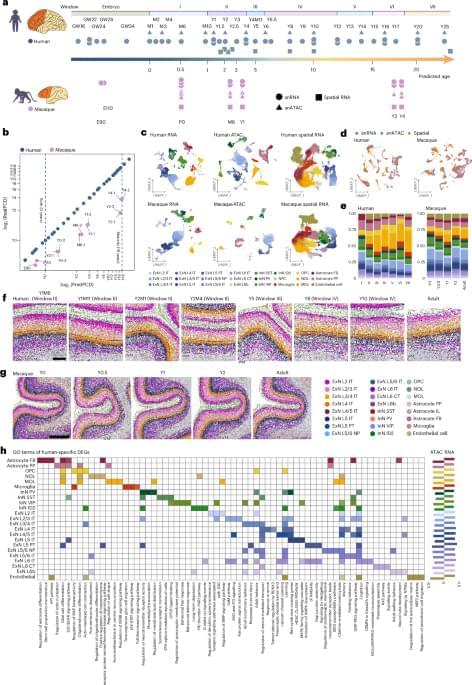
Single-cell spatiotemporal transcriptomic and chromatin accessibility profiling in developing postnatal human and macaque prefrontal cortex
The human brain is a fascinating and complex organ that supports numerous sophisticated behaviors and abilities that are observed in no other animal species. For centuries, scientists have been trying to understand what is so unique about the human brain and how it develops over the human lifespan.
Recent technological and experimental advances have opened new avenues for neuroscience research, which in turn has led to the creation of increasingly detailed descriptions of the brain and its underlying processes. Collectively, these efforts are helping to shed new light on the underpinnings of various neuropsychiatric and neurodevelopmental disorders.
Researchers at Beijing Normal University, the Changping Laboratory and other institutes have recently set out to study both the human and macaque brain, comparing their development over time using various genetic and molecular analysis tools. Their paper, published in Nature Neuroscience, highlights some key differences between the two species, with the human pre-frontal cortex (PFC) developing slower than the macaque PFC.
“Unraveling the cellular and molecular characteristics of human prefrontal cortex (PFC) development is crucial for understanding human cognitive abilities and vulnerability to neurological and neuropsychiatric disorders,” wrote Jiyao Zhang, Mayuqing Li, and their colleagues in their paper. “We created a comparative repository for gene expression, chromatin accessibility and spatial transcriptomics of human and macaque postnatal PFC development at single-cell resolution.”
Human-specific molecular and cellular regulatory programs prolong prefrontal cortical maturation by orchestrating postnatal development of neurons and glia, with implications for cognitive function and susceptibility to neurodevelopmental disorders.
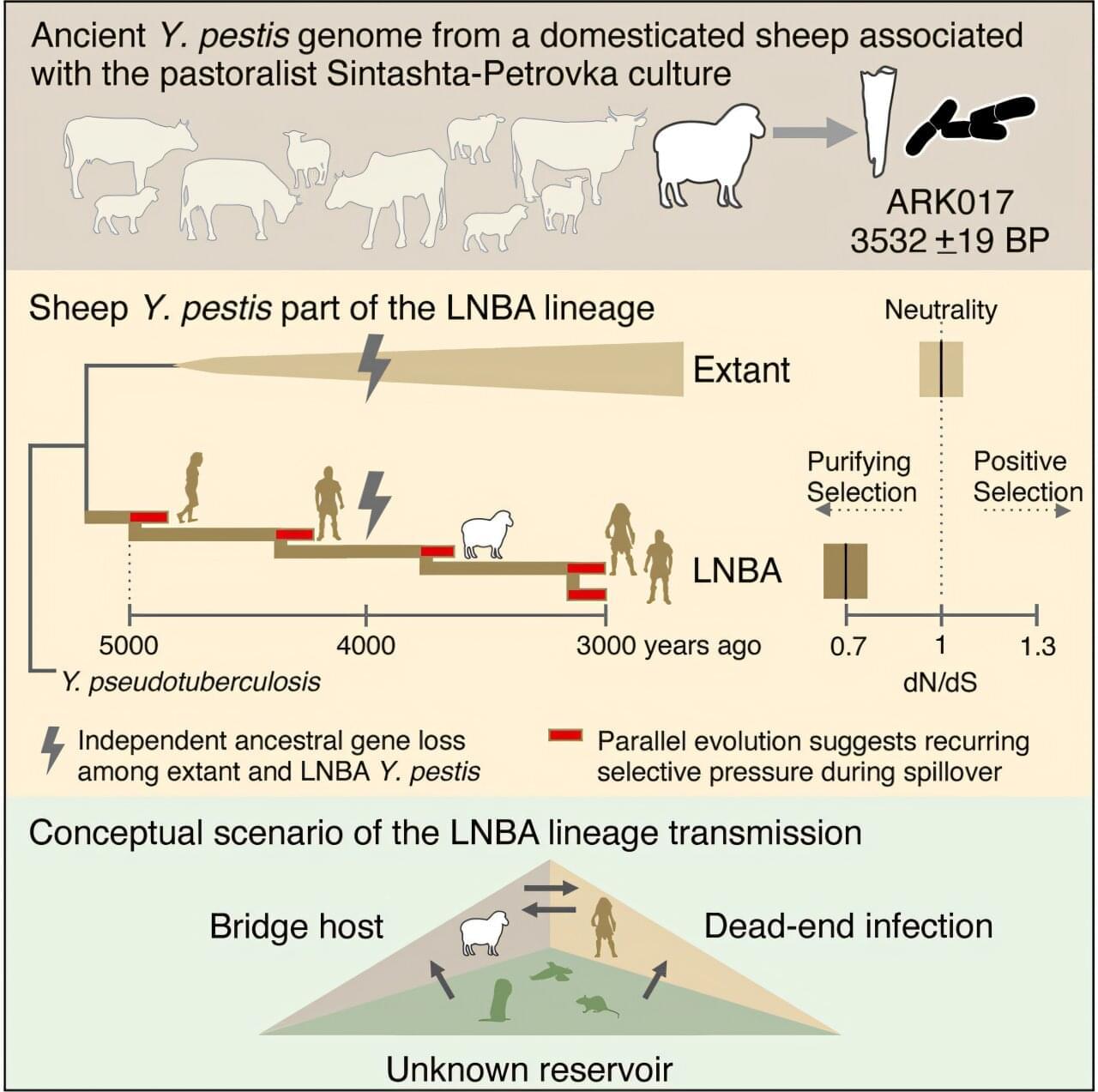
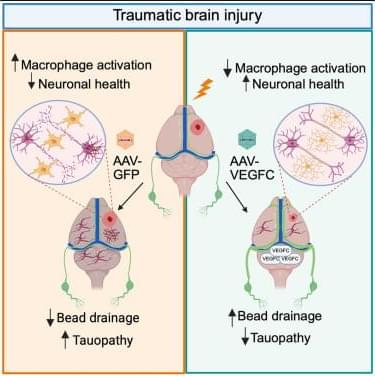
Therapeutic VEGFC treatment provides protection against traumatic-brain-injury-driven tauopathy pathogenesis
How traumatic brain injury (TBI) mechanistically contributes to neurodegenerative disease remains poorly understood. Marco et al. find that therapeutic viral vector-based delivery of VEGFC recuperates meningeal lymphatic drainage deficits post-TBI and protects against severe development of tauopathy, neurodegeneration, and cognitive decline in the PS19 mouse model of tauopathy.
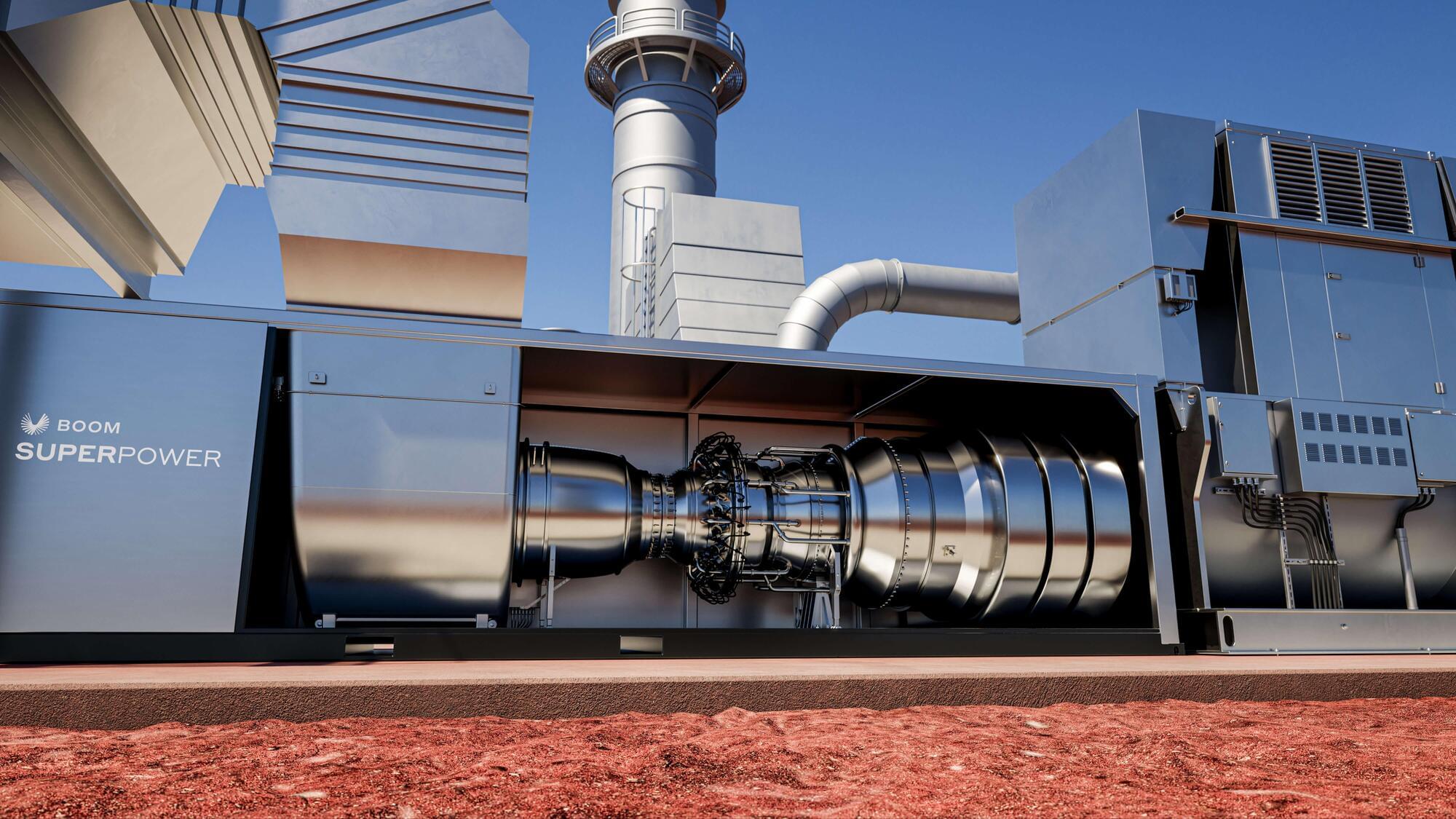

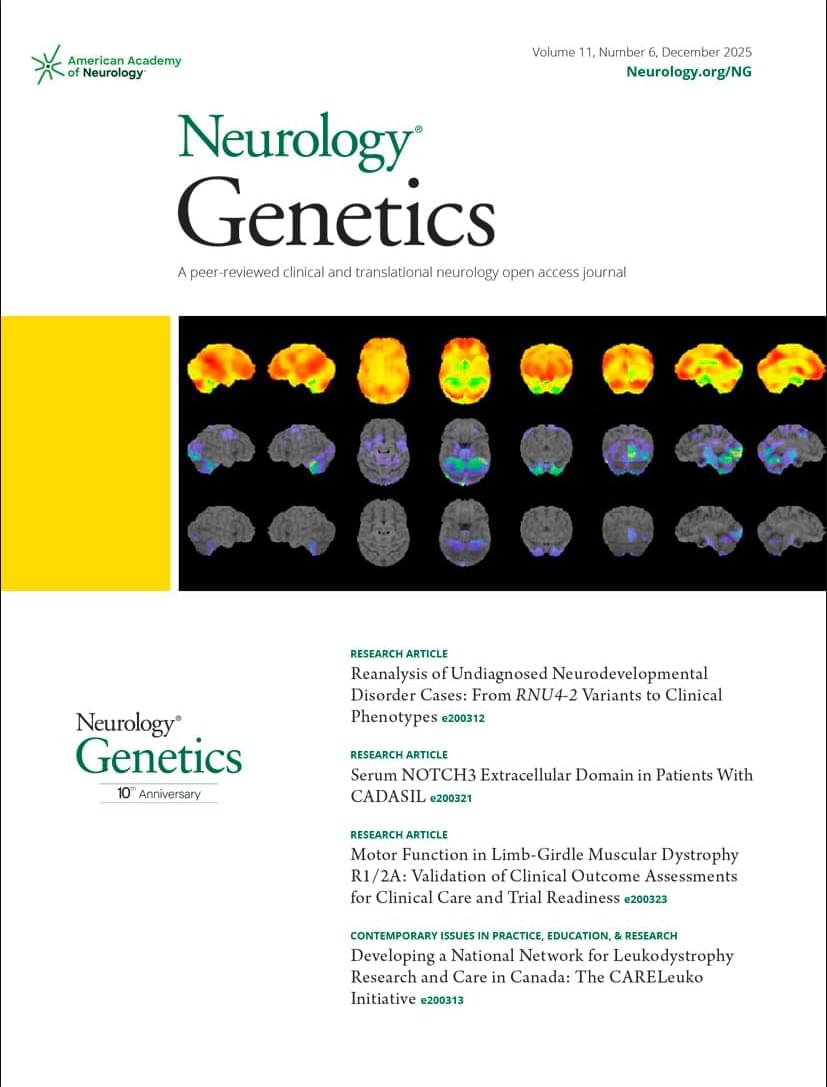
Novel ATXN10 Repeat Motif Patterns in Peruvian Families Modify Disease Onset
This study used a novel multiplex 20-gene panel with Cas9-targeted, amplification-free long-read sequencing and optical genome mapping to elucidate ATXN10 repeat motif patterns and investigated genotype-phenotype correlations in index cases of 6 multigenerational spinocerebellar ataxia type 10 kindreds from Peru.
Spinocerebellar ataxia type 10 (SCA10, Online Mendelian Inheritance in Man (OMIM)# 603516) is a rare autosomal-dominant disorder caused by an expanded pentanucleotide repeat in the ATXN10 gene on chromosome 22q13.3.1 Although rare globally, SCA10 accounts for 45% of spinocerebellar ataxia cases in Peru, where the population is approximately 70% Amerindian.2,3
A typical ATXN10 allele has 10–32 ATTCT repeats. Intermediate alleles from 280 to 850 repeats may have reduced penetrance4 while alleles over 850 repeats result in full disease penetrance.5 In our recent study on ATXN10 expansions in healthy Peruvians, we found expanded alleles in 3.7% of Mestizos and 9.9% of Indigenous American nonataxic individuals.6
Conventional methods fail to accurately determine ATXN10 repeat size and structure: Southern blot often overestimates repeats while repeat-primed PCR cannot measure repeats over 1,250 bp or detect alternate repeats without specific repeat primers.7
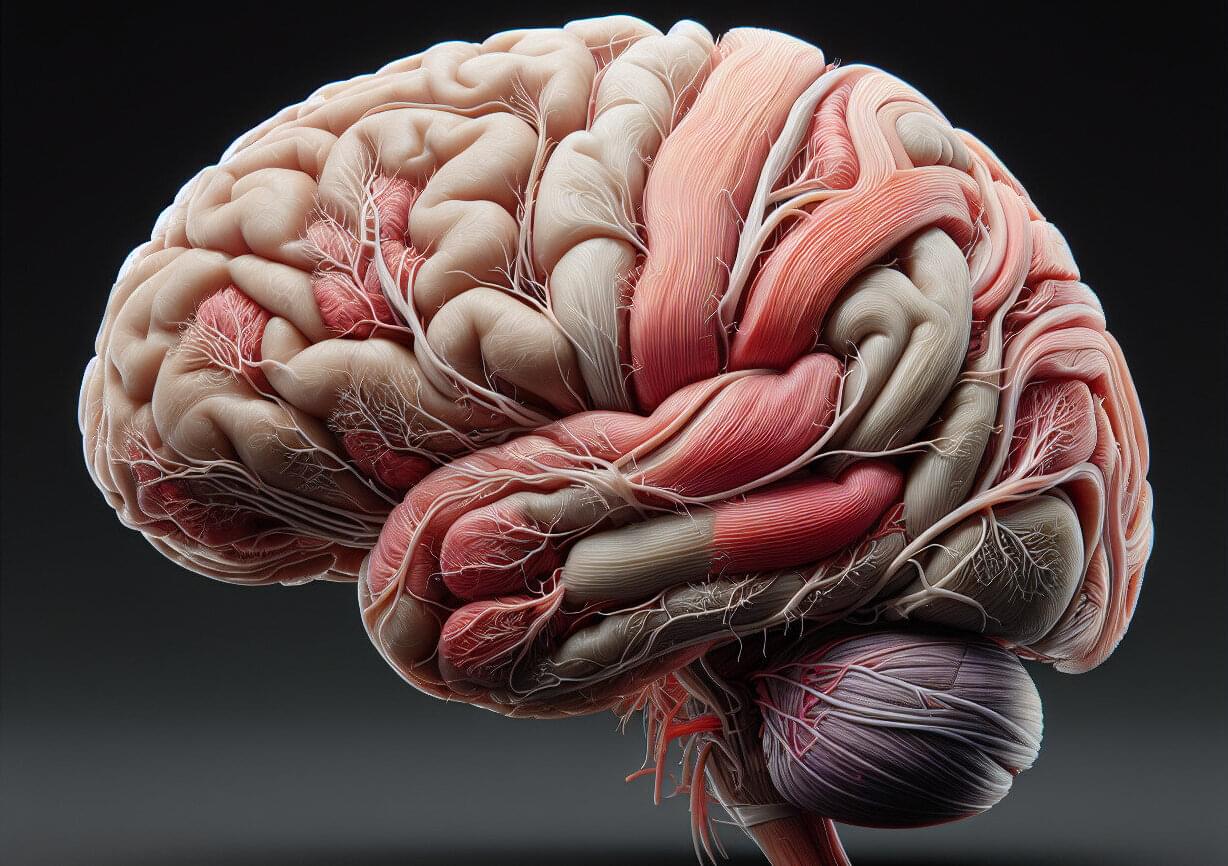
Why the human brain matures slower than its primate relatives
The human brain is a fascinating and complex organ that supports numerous sophisticated behaviors and abilities that are observed in no other animal species. For centuries, scientists have been trying to understand what is so unique about the human brain and how it develops over the human lifespan.
Recent technological and experimental advances have opened new avenues for neuroscience research, which in turn has led to the creation of increasingly detailed descriptions of the brain and its underlying processes. Collectively, these efforts are helping to shed new light on the underpinnings of various neuropsychiatric and neurodevelopmental disorders.
Researchers at Beijing Normal University, the Changping Laboratory and other institutes have recently set out to study both the human and macaque brain, comparing their development over time using various genetic and molecular analysis tools. Their paper, published in Nature Neuroscience, highlights some key differences between the two species, with the human pre-frontal cortex (PFC) developing slower than the macaque PFC.
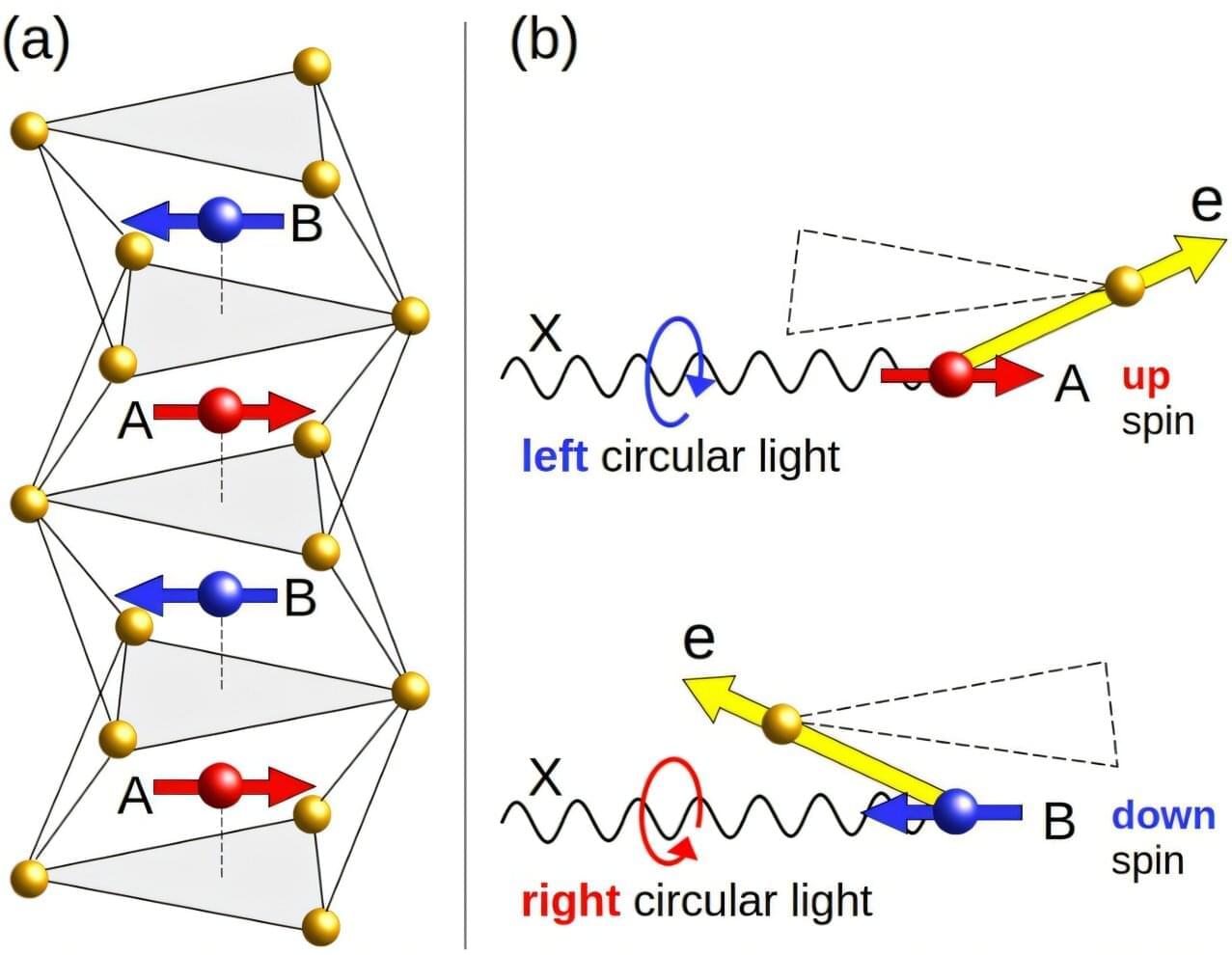
Detecting the hidden magnetism of altermagnets
Altermagnets are a newly recognized class of antiferromagnets whose magnetic structure behaves very differently from what is found in conventional systems. In conventional antiferromagnets, the sublattices are linked by simple inversion or translation, resulting in spin-degenerate electronic bands. In altermagnets, however, they are connected by unconventional symmetries such as rotations or screw axes. This shift in symmetry breaks the spin degeneracy, allowing for spin-polarized electron currents even in the absence of net magnetization.
This unique property makes altermagnets exciting candidates for spintronic technologies, a field of electronics that utilizes the intrinsic spin of the electrons, rather than just their charge, to store and process information. As spins can flip or switch direction extremely quickly, materials that allow spin-dependent currents could enable faster and more energy-efficient electronic devices.